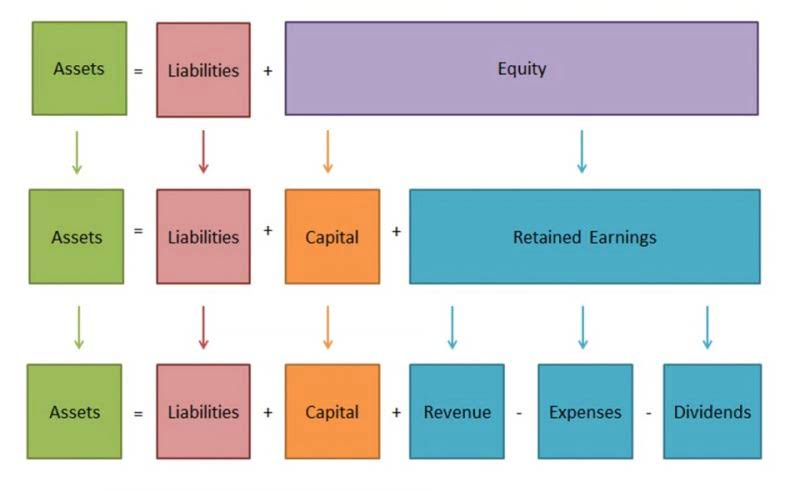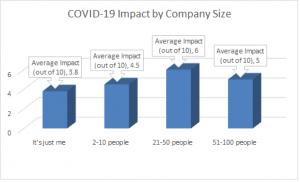
However, it is essential to ensure that the arrangement is structured appropriately and follows legal and tax regulations. The 60/40 rule is a guideline that S corporation owners can use to determine the allocation of their income between salary and distributions. According to this rule, 60% of the business income is designated as salary, while 40% is paid out as shareholder distributions. The process of determining the correct reasonable compensation is essential. Once fair compensation is established, dividends and wages beyond that amount are free from the 15.3% payroll taxes.

How to Set Up Your IRS Online Account with ID.me

By categorizing income into salary and distributions, S Corp owners can greatly reduce the portion of income subject to payroll taxes. The salary portion is subject to FICA taxes, but distributions are not, providing substantial tax benefits. Since LLC owners are not considered employees, the company is relieved from the obligation of handling payroll taxes for them. Business owners of LLCs must still account for self-employment taxes on their share of the business’s profits. The self-employment tax rate includes both the employer and employee portions of Social Security and Medicare taxes, which would typically be withheld through traditional payroll processes.
When to Make Payroll Tax Payments
Many S Corp owners also fail to document the methodology used to determine their reasonable salary, making it difficult to defend their position during tax audits. Additionally, not adjusting compensation as business circumstances change or growth occurs represents a compliance payroll risk. An S Corp can deduct the employer portions of payroll taxes (i.e., Social Security, Medicare taxes, and federal/state unemployment taxes) as business expenses. These employer-paid payroll taxes are fully deductible on the S Corp’s annual income tax return (Form 1120-S). Essentially, the deductions reduce the S Corp’s taxable income, which, in turn, reduces the pass-through income reported on the entity’s shareholders’ individual tax returns. Managing payroll for an S corporation involves several critical steps, from setting up a payroll system to filing federal and state payroll taxes.
- As a hybrid, pass-through tax entity, an S corp passes its business profits and losses through to its shareholders.
- This documentation demonstrates that business owners have thoughtfully established compensation levels based on legitimate business factors rather than tax avoidance motives.
- There are only 3 months remaining, so each month will be $20,000 in salary amounts to account for the entire year.
- Thus, employers must withhold 6.2% of an employee’s wages (up to $147,000) for Social Security taxes as well as contribute and remit their own 6.2%.
Set Up Payroll Processing
- If you withhold the incorrect amount, you can end up dealing with back taxes and penalties in the future.
- While it might seem obvious, using payroll software like QuickBooks, Gusto, or ADP is especially important for S Corps.
- Failure to withhold and remit payroll taxes can lead to significant penalties and interest, compromising the financial health of the S Corporation.
- Your training, experience, and qualifications significantly impact what constitutes reasonable compensation in your field.
- You qualify for the 20% deduction only if your total taxable income for the year is less than $157,500 (single) or $315,000 (married, filing jointly).
- Staying informed will help you maintain compliance and follow best payroll practices effectively.
So, S corp owners have Online Bookkeeping to pay themselves a salary or some other kind of wage for the work they do for the company. In most cases, S corps are exempt from paying income taxes because their profits and losses pass through to their shareholders. While partnerships and limited liability companies (known as LLCs) require certain owners and partners to pay self-employment taxes, an S-corp does not.

Many entrepreneurs and freelancers find that S corporations are an attractive way to structure their business because of the favorable tax benefits that it affords them. Taking advantage of these savings, however, often hinges on the business owner’s ability to process payroll correctly. Shareholders must be paid a salary before any shareholder distributions are paid out or loans are advanced to shareholders. You can take a shareholder distribution as an S Corp owner prior to paying a salary to yourself throughout the year.

So, the business itself also does not pay Social Security and Medicare taxes on the distributions given to shareholders. If you were not an s-corp, you’d be paying self-employment tax on the whole $120,000. These s corporation advantages are for you just as much as any large corporation. If you skip salary entirely or set it absurdly low and start pulling thousands in distributions, you’re basically inviting them to reclassify your payments, hit you with back taxes, and pile on penalties. When you optimize your salary and distribution mix, you s corp payroll reduce the amount of unnecessary taxes. If you take too much salary and not enough distributions, you might pay more in self-employment taxes than necessary.